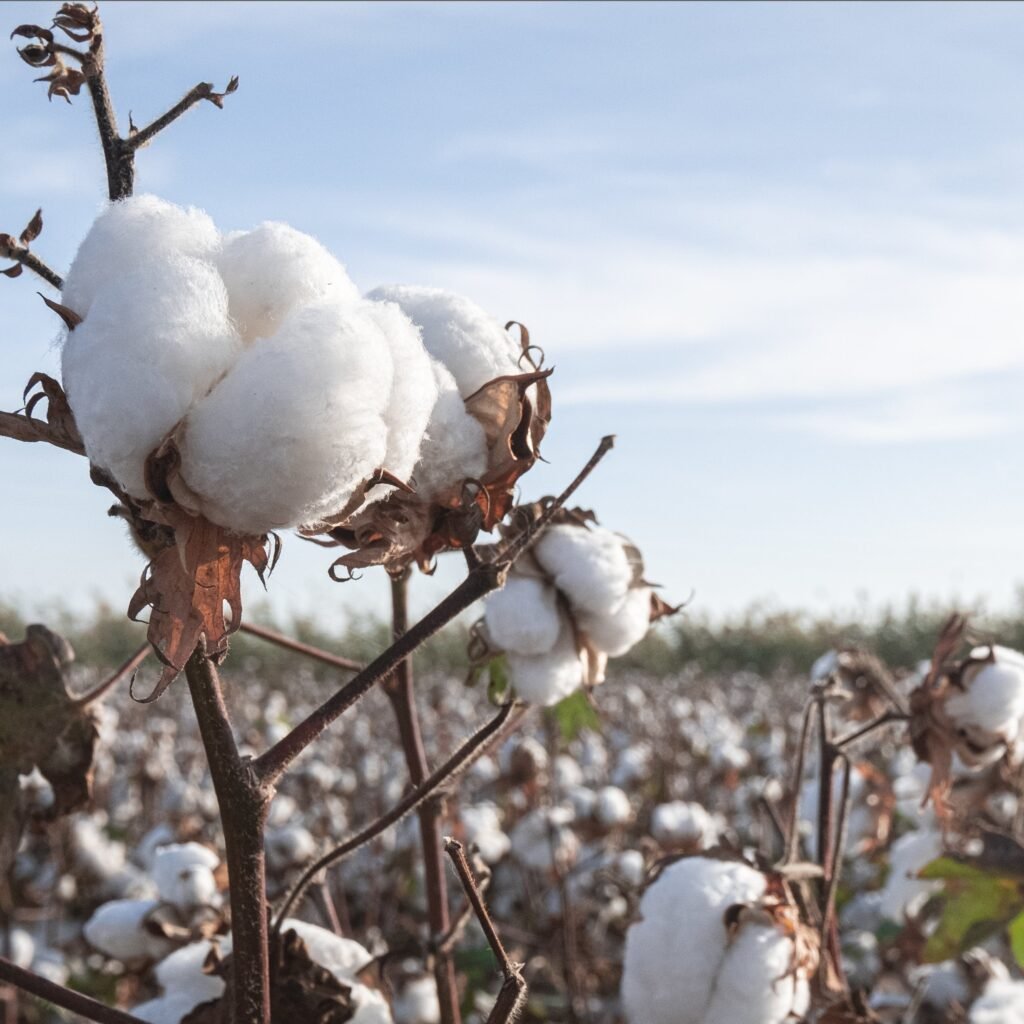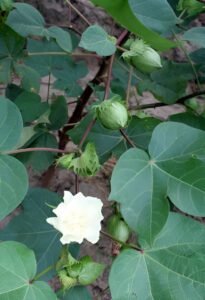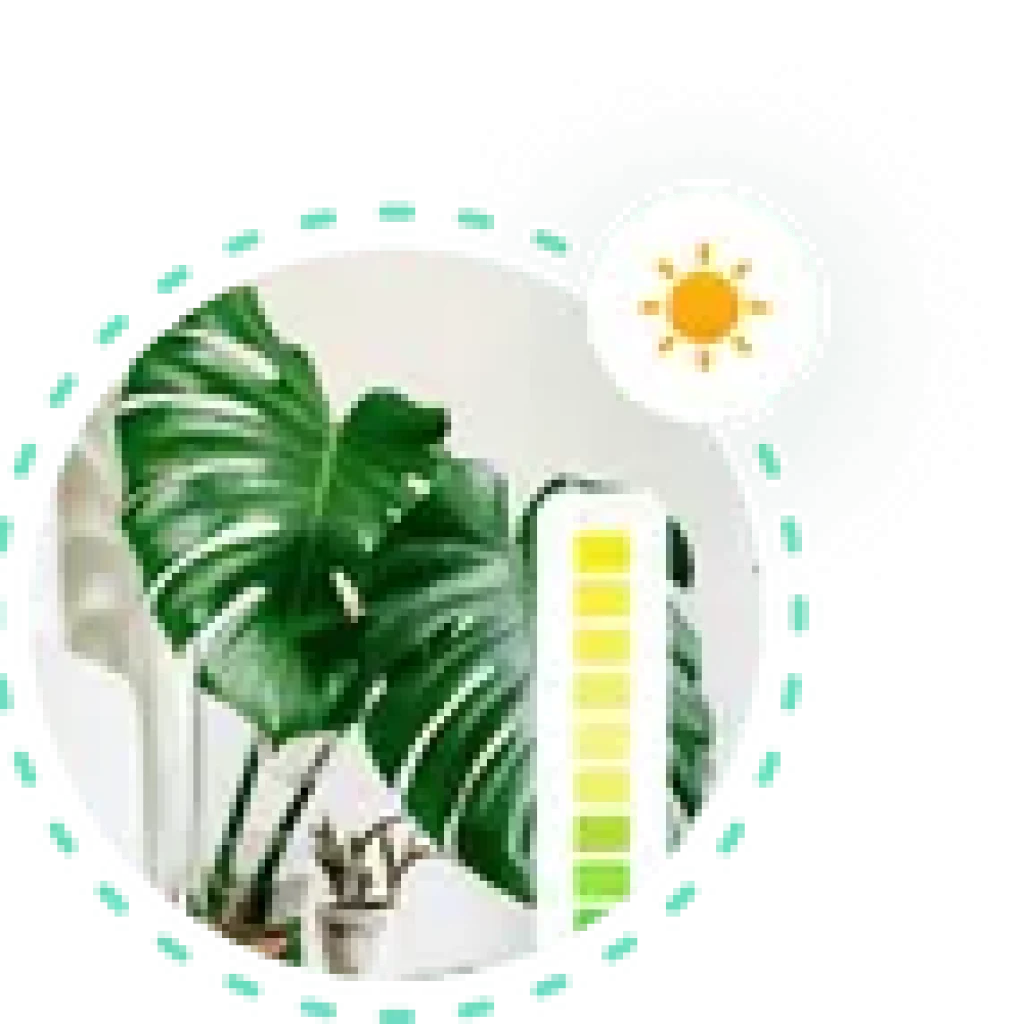Cotton: definition, how to grow it, diseases, care for it
Introduction to cotton
Cotton is an industrial crop, grown mainly for the textile, food and cosmetics sectors.
Cotton plants are grown for their fruits, known as “cotton bolls.” Once ripe, the boll splits to reveal a small white ball: the cotton

Basic care guide
Gossypium hirsutum – Upland cotton (accounts for more than 90% of global production, typically producing high-quality cotton with high strength and elasticity).
Gossypiumherbaceum – herbaceous cotton
Gossypium barbadense – grown in Egypt, Sudan, the USA, Brazil and Peru.
Gossypium – It is not widely cultivated, as it usually gives short fibers of poor quality
- Original home :
The Americas, Africa, Egypt and India
- Nickname
Gossypium
Platoon Malvaceae

The amount of water needed
In many African countries, it is grown as a rain-fed crop
The cotton plant needs at least 500 mm of water between germination and boll formation.
– Do not irrigate too much in the period between sowing and flowering.
– Once the plants bloom, I start watering more frequently, every 5-7 days.
Within approximately 140 days after planting or 45 days after the boll emerges, the boll will begin to divide naturally and begin to dry out. At this time (around late summer), stop watering (or water only lightly once every two weeks), to help the cotton dry more easily.
Drip irrigation is mostly preferred in cotton fields.
Suitable living conditions
Tropical and subtropical regions
It needs a long, frost-free period and plenty of heat. It prefers a warm and humid climate
- Temperatures
The ideal air temperature is 70 to 100 degrees F (21-37 degrees C). Temperatures well above 100°F are not desirable. However, the common cotton plant can survive temperatures up to 110°F (43°C) for short periods without significant damage, but this also depends on humidity levels. In order to successfully grow cotton plants, we must not experience frequent rainfall during maturity (summer) and during harvest days (during autumn).
Suitable lighting for him:
- The cotton plant thrives in full sunlight and is usually grown outdoors where it receives an ample amount of sunlight. It can tolerate intense sunlight.
- Insufficient light: The size of the new leaves becomes smaller compared to the previous leaves once they mature
The most suitable soil for high productivity is deep, well-drained sandy loam soil, which contains sufficient clay and organic matter
We begin preparing the field during the fall (after harvest) by plowing well to a depth of 14 inches (approximately 35 cm). In this way, we incorporate the remaining plants into the soil, which improves the soil texture. In late winter we check for weeds and plow the field again, to make our soil suitable and ready to receive the cottonseed


Find out what light your plants are actually getting.
Find the best locations for them to improve their health, simply using your phone.
Fertilization care
- Cotton plants consume twice as much nitrogen (N) as phosphorus (P) and potassium (K). Therefore, NPK 20-10-10 fertilizer is most suitable
- Proper fertilization schedule 440 lbs. (200 kg) of NPK 20-10-10 per hectare during sowing (through seeder), and 440 lbs. (200 kg) NPK 20-10-10 per hectare during flowering (early summer). Keep in mind that 1 hectare = 10,000 square meters = 2.47 acres.
How to plant seeds
- To test seed quality, soak the seeds for 3 hours in double the amount of water. Dry the seeds in the shade until they are as dry as before, then return them to the water. The dead seeds will float to the top of the water and be washed away. All the good seeds sink to the bottom.
- Plant cottonseed in a sunny location. It can be grown in a pot, but the pot must be at least 36 inches deep.
- Cotton takes 65 to 75 days to grow from seed to flower when the temperature is above 60 degrees Fahrenheit. After the flowers bloom, it takes another 50 days for the seed pods to be ready
- Cotton grows faster when the soil is warm and moist… Low temperatures and a lack of adequate water in the soil can slow metabolic processes and make it difficult for seeds to germinate.
Pruning
- Cotton plants are pruned in two stages: early summer and late summer. The first pruning should be done when the herb is about 8 inches tall, right after it begins flowering, but before the bolls begin to form. You should also do some pruning after you harvest your crop, but before the growing season begins.
- Cutting the shoots of cotton plants (top layer) is about 10-20 cm from the top of the plants, which may provide advantages for improving yield and yield components.
- Cotton leaf stunting: use of chemical pesticides, cultivation of resistant varieties, management of weeds.
- Cotton aphid: Aphid infects cotton in the case of small seedlings that are barely more than 20-25 cm above the surface of the ground during the months of April and May, which leads to curling of the young leaves and incomplete growth, and the infection may lead to the death of the terminal buds (planting varieties Resistance and removal of infected plant parts. There are many natural enemies of aphids in cotton fields, including the aphid.
- Fusarium wilt (Managing Fusarium wilt is difficult and involves using resistant varieties and avoiding the introduction and spread of the pathogen via soil, plant material, and equipment)

Suggested use
- The fibers are spun to make yarn and woven to make cloth.
- The fuzz surrounding the seeds (known as lint) is made of short cellulose fibers that are used to make felt, mattress fillings, furniture, and car seats.
- It is mainly used for medical purposes in hospitals, dispensaries and nursing homes to absorb body fluids.
- Its seeds are fed to livestock
Suitable planting time
For the first half of February to April 15
additional information
- Plant height
50 - 150 cm
- Flowering stage and fruiting stage
Cotton plants flower as they grow and are therefore said to have a continuous growth cycle. This means that at any given time, the plant may be bearing buds and flowers



